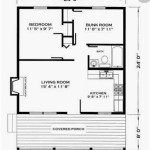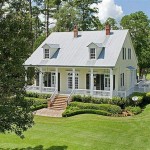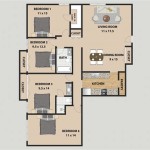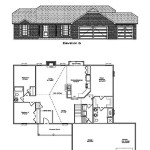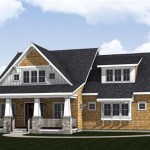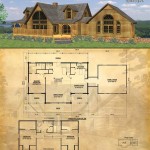Essential Aspects of Modern Japanese House Design Plans
Modern Japanese house designs have gained international recognition for their unique combination of traditional aesthetics and contemporary functionality. These homes represent a harmonious blend of nature, simplicity, and understated elegance. If you're considering building a modern Japanese home, understanding its essential aspects is crucial.
Functionalism and Flexible Spaces
Modern Japanese house plans prioritize functionality and adaptability. Homes often feature open-plan layouts, allowing natural light to flow throughout the interior. Sliding walls and screens provide flexibility, allowing rooms to be reconfigured based on changing needs.
Connection to Nature
Japanese design emphasizes a strong connection to nature. Large windows and sliding glass doors blur the boundaries between indoors and outdoors, creating a sense of spaciousness and tranquility. Gardens and courtyards are incorporated into the design to further enhance the connection with nature.
Simplicity and Clean Lines
Simplicity is a hallmark of modern Japanese homes. Clean lines, neutral tones, and natural materials create a serene and minimalist atmosphere. The focus is on creating a space that is both functional and aesthetically pleasing.
Emphasis on Natural Materials
Modern Japanese homes often incorporate natural materials such as wood, stone, and bamboo. These materials bring a sense of warmth and organic beauty to the space. Wood is particularly popular for its durability and versatility, while stone provides a touch of elegance and stability.
Attention to Detail
Japanese craftsmanship is renowned for its meticulous attention to detail. Modern Japanese homes showcase this through carefully chosen fixtures, finishes, and architectural elements. Even the smallest details, such as the placement of a light switch or the design of a door handle, are considered to enhance the overall aesthetic experience.
Sustainability and Energy Efficiency
Modern Japanese homes often prioritize sustainability and energy efficiency. Passive design principles, such as natural ventilation and insulation, are employed to reduce energy consumption. Solar panels, rainwater harvesting systems, and low-VOC finishes contribute to creating eco-friendly and healthy living environments.
Cultural Influences
Modern Japanese house designs are not merely a collection of aesthetic elements but also a reflection of Japanese culture and tradition. The use of tatami mats, shoji screens, and traditional tea room elements pays homage to the country's rich architectural heritage, creating a unique and authentic living experience.

Japanesque House Floorplan Japanese Style Japan Design

Japanese Home Design Ideas Pictures 331 Sqm Homestyler

House Floor Plan Design Plans Traditional Japanese Container Home Style

ป กพ นโดย Mice ใน Designs บ าน

Japanese Home Design Ideas Pictures 331 Sqm Homestyler

Japanese House For The Suburbs Traditional Style
In Praise Of The Japanese Imagination Houseplans Blog Com

Modern Japanese Minimalist Small Home Design Ideas Pictures 73 Sqm Homestyler

The Ant House Double Structure Pleasure Japanese Architecture

Traditional Japanese House Plan Style Plans

